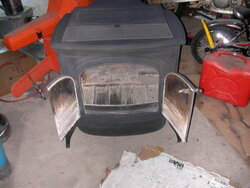Kenster
Minister of Fire
G-dine, This thread is over a year old. Just so you know. I hope spolleypt, sees your question.Do you have a pic of this... I am having the same problem and I have a brick holding it down..I would love to see your weight and hook application.. G-dine
Cheers!


